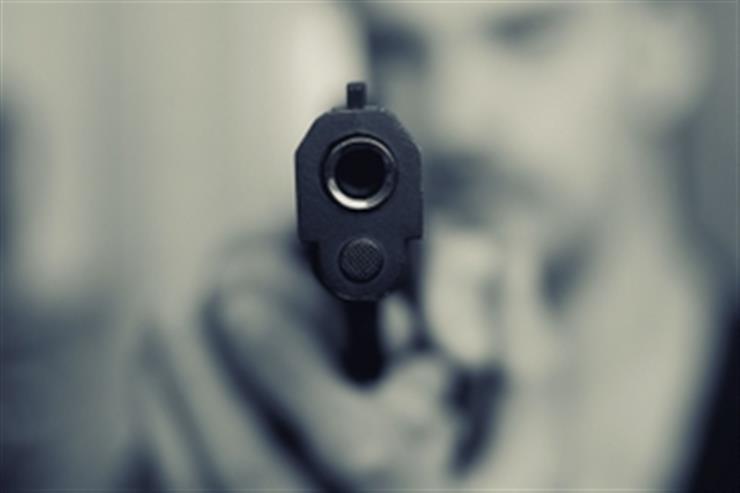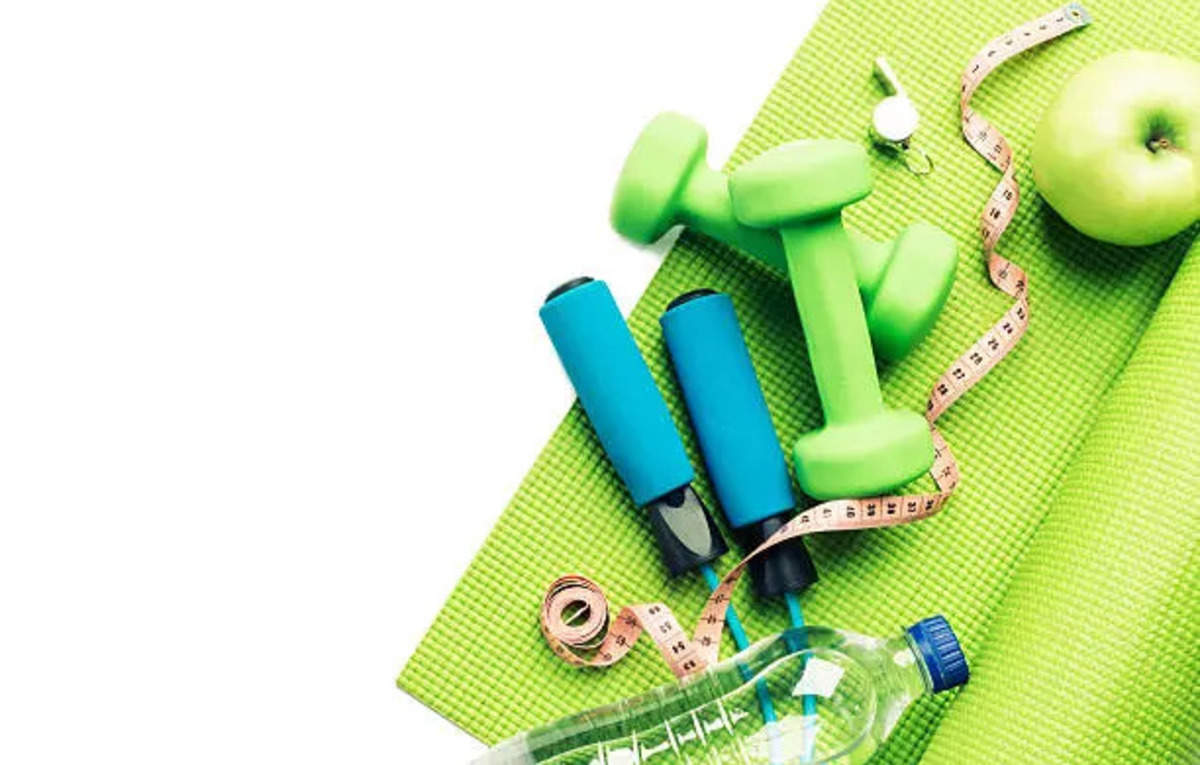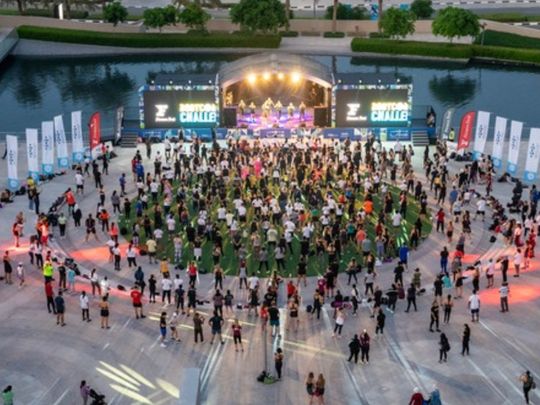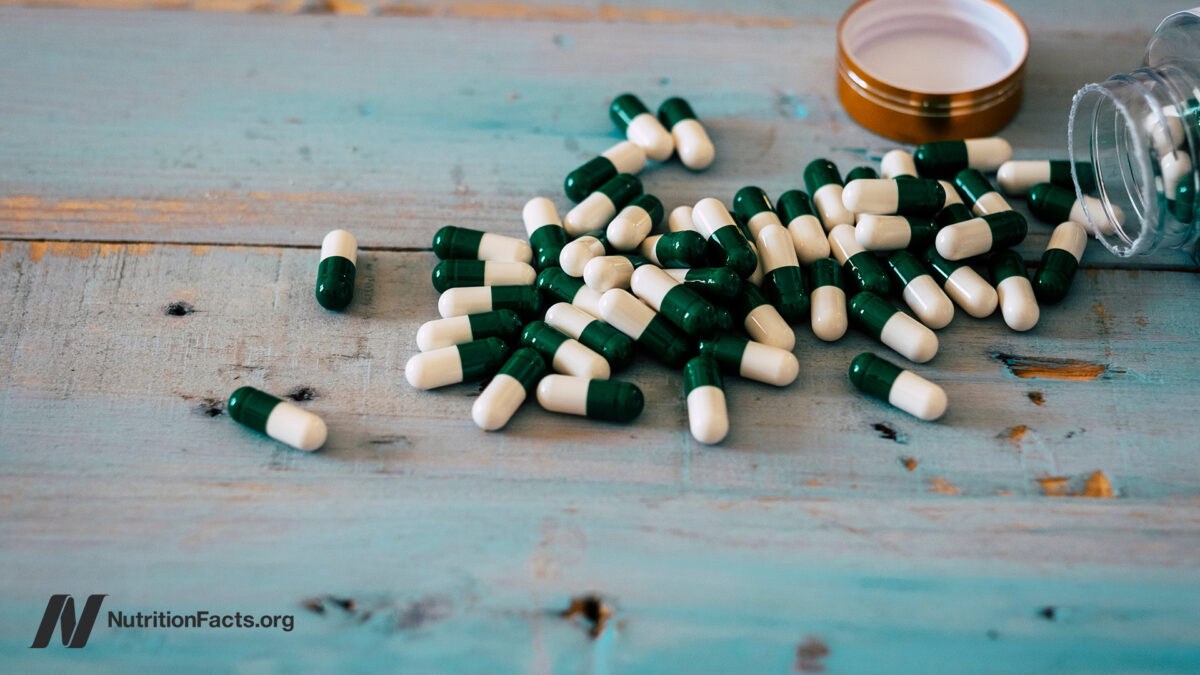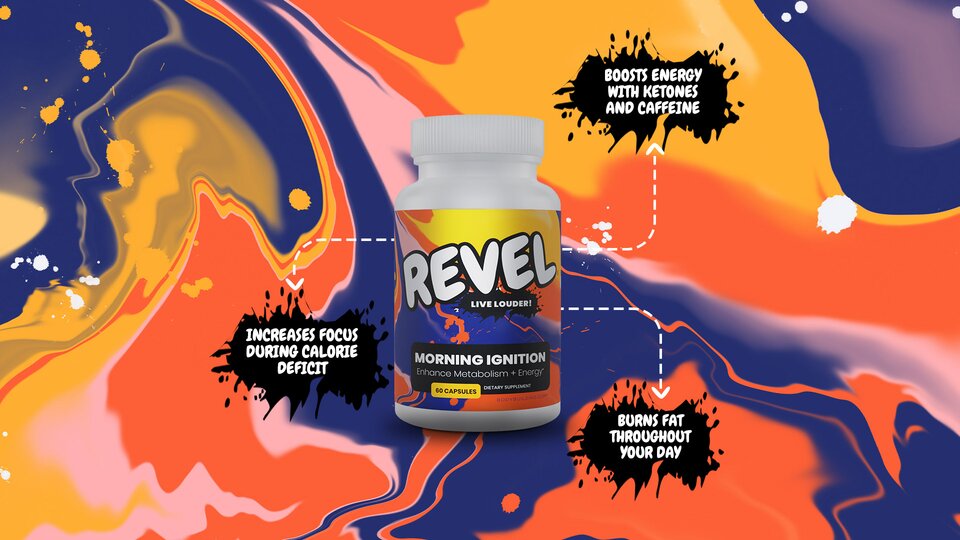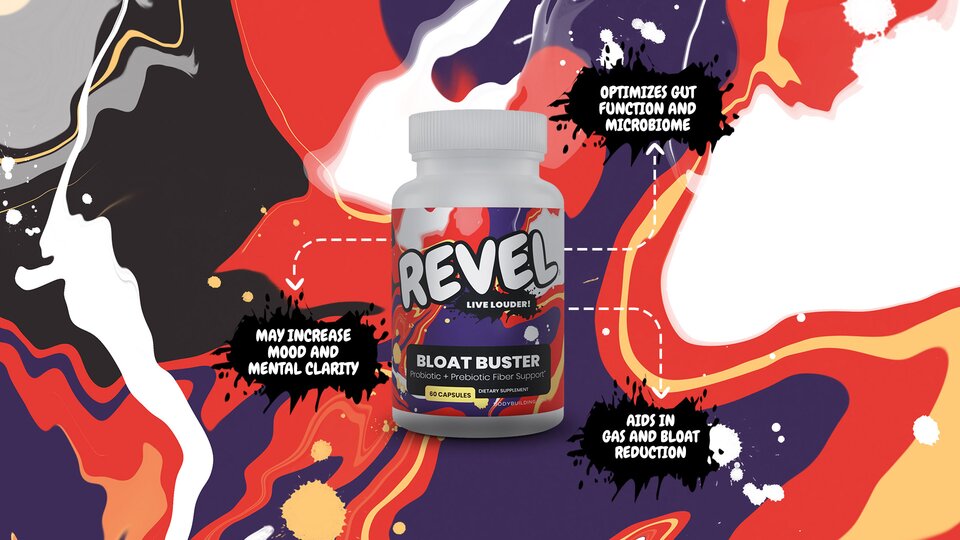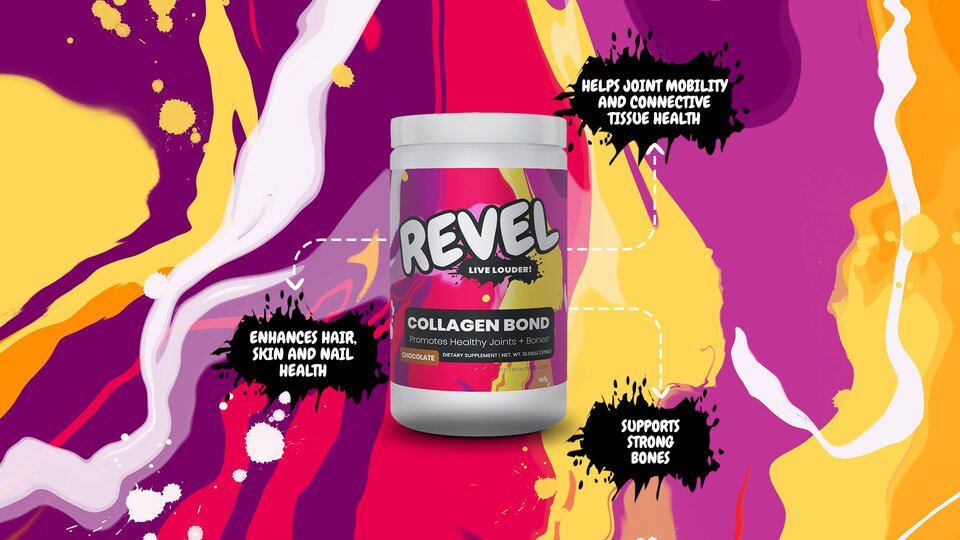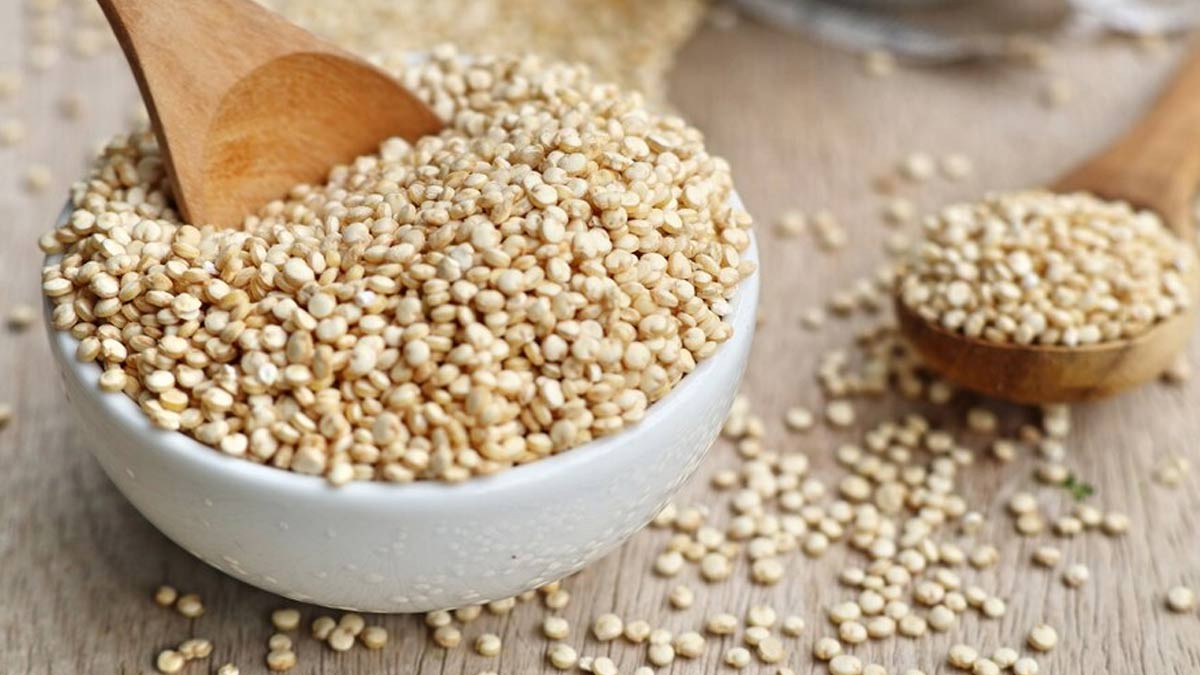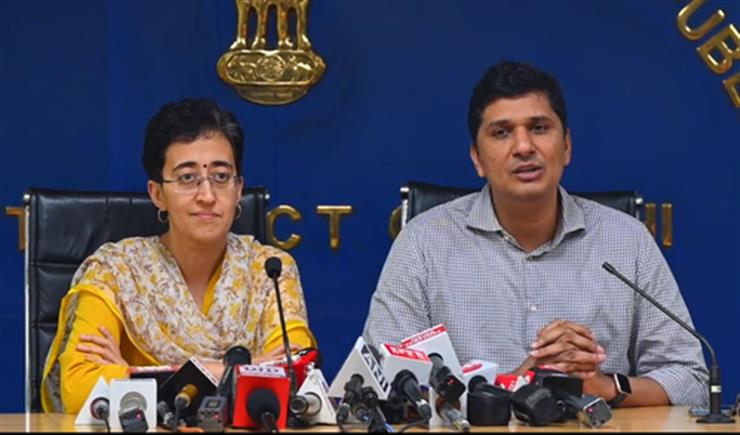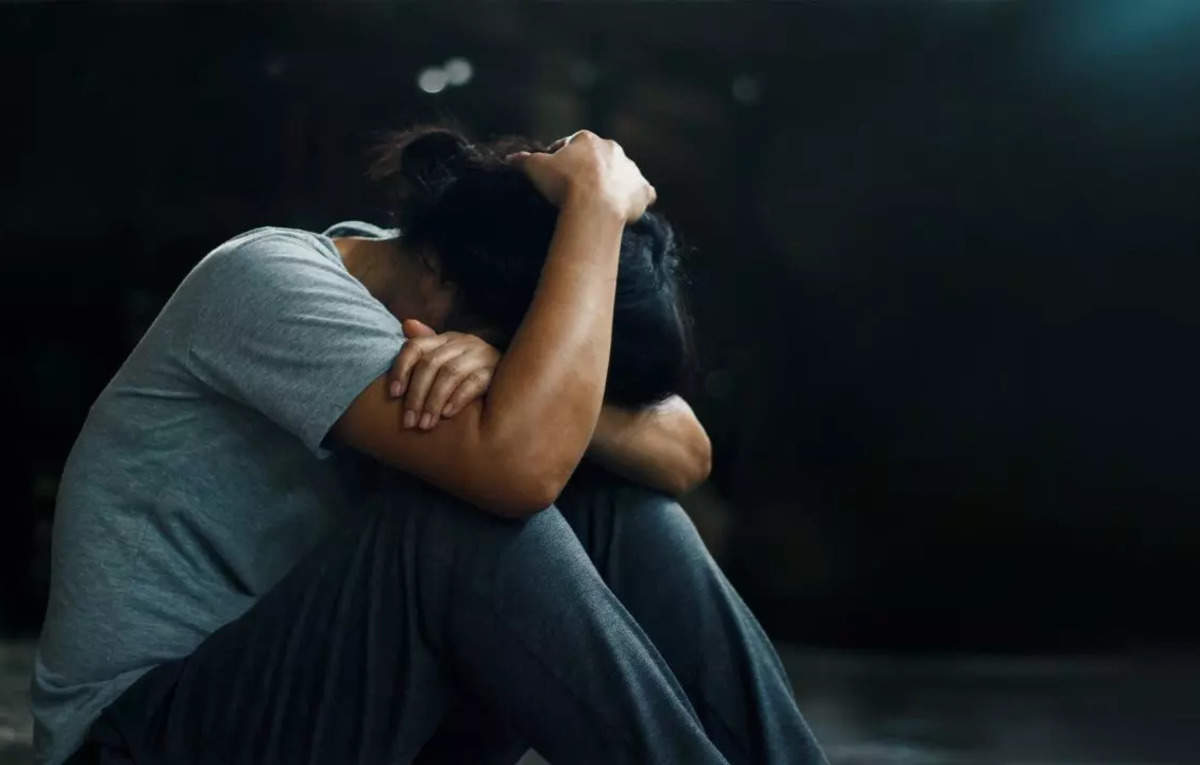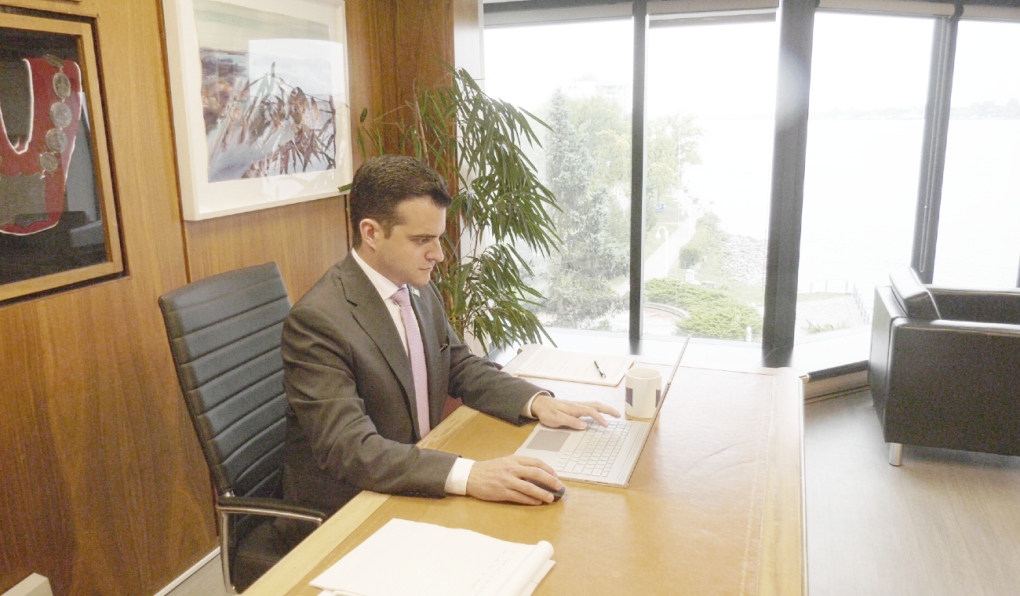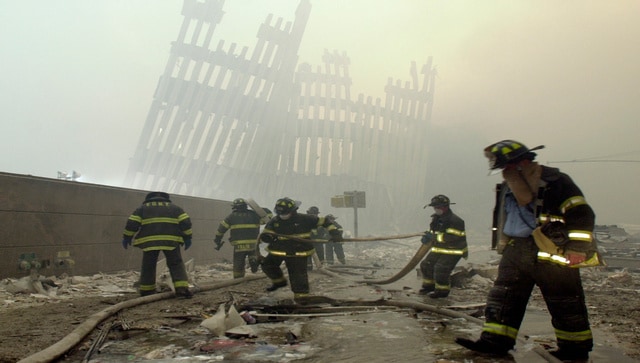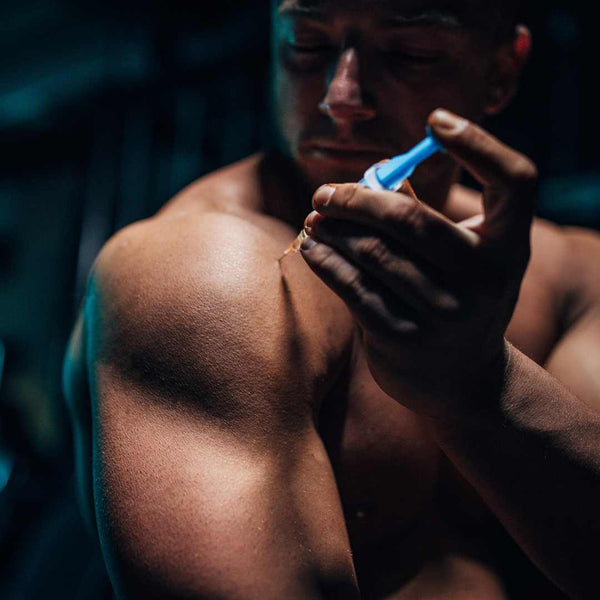It’s been 22 years since the 11 September, 2001, attacks in which nearly 3,000 people died.
But tens of thousands of others– either first responders who rushed in to save lives without thinking about their own safety or people who were simply going about their business that fateful day – continue to face health issues.
The health issues facing patients are myriad – from mental health to respiratory diseases and cancer.
Related Articles

Has a Harvard professor found the first-ever alien objects on Earth?

Centre calls special session of Parliament: How is it convened?
Doctors have also identified a “World Trade Center cough.”
Let’s take a closer look:
Why is it so bad?
After the twin towers fell, toxic dust hung in the air for months around Ground Zero – affecting tens of thousands of people including first responders and residents of New York.
As per The Conversation, that dust comprised a combination of cement dust, particles, asbestos and chemicals known as persistent organic pollutants.
These chemicals comprise cancer-causing dioxins and polyaromatic hydrocarbons – byproducts of fuel combustion.
The dust also contains heavy metals such as lead and mercury – known to be lethal to humans – as well as the carcinogen cadmium.
Cadmium, used to make electric batteries and pigments, is harmful to the kidneys.
The toxic brew also contained human-made chemicals known as polychlorinated biphenyls (PCBs) – which are deadly for the nervous system and can hurt the reproductive system.
These were made worse by the fuel combustion of the jet engines.
The dust comprises particulate matter large, very small, fine and ultrafine.
The tiny particles are especially deadly for the nervous system as they can go to the brain straight through the nasal cavity, as per The Conversation.
By the numbers
Over 80,000 first responders have joined the World Trade Center Health Program, as per UPI.com
This free program – created under the 9/11 Zadroga Act which was named after a responder who died after working at Ground Zero – provides medical monitoring and treatment for first responders affected by 11 September-related illnesses.
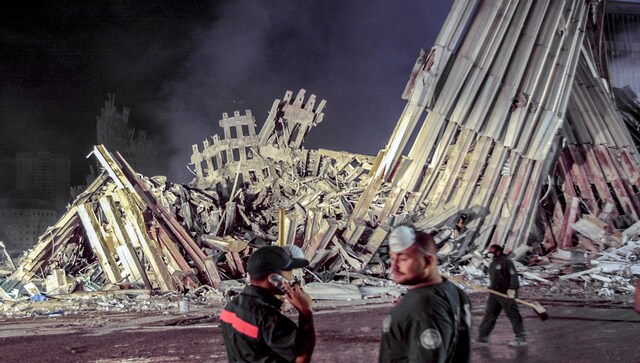
It also looks after more than 30,000 civilians who lived through the harrowing events including those who lived and worked in the area around Ground Zero and students of schools nearby.
Around 80 per cent of those enrolled in the health program are men, as per NY1.com.
Around 74 percent of responders have at least one condition directly related to exposure on 9/11, as per Scientific American.
The most common conditions among enrolled responders are chronic rhinosinusitis, or nasal inflammation, and gastroesophageal reflux disease (GERD), cancer, asthma, sleep apnea and post-traumatic stress disorder (PTSD).
As of June 2021, one per cent of survivors are under age 35 and younger, while two per cent are between the ages of 35 and 44.
Over half the enrollees are current or former first responders in the 45-64 age bracket.
A third of the survivors are afflicted by digestive illnesses, while a fourth have been diagnosed with cancer.
Prostate, breast, skin, thyroid and lung cancer are the most common cancers.
Around 30 per cent suffer from numerous health issues.
Over 3,000 people in the programme have already passed away, as per UPI.com
Survivors speak out
Reggie Hilaire, who’d just joined the ranks of the police in 2001, found himself standing guard at the ruins of the towers in the aftermath of the attacks.
“I stood there for 12 hours. I remember someone clearly saying, ‘You should be wearing a mask.’ And I’m like, ‘All right, give it to me.’ I don’t know. No one gave it to me.” Hilaire told Ny1.com.
Hilaire was also deployed to a landfill on Staten Island – where he had to examine piles of toxic debris to try to identify human remains.
Hilaire said he worked over 850 hours in those conditions.
Then, a few years later, he found something on his neck.
“My wife was pregnant with our son, and I remember we’re in bed and she’s holding me, and she goes, ‘What’s this lump on your neck?’ I’m like, ‘I don’t know.’ And I’m playing around. It’s a big lump. So I’m moving around, like, ‘Hey, look it, look at this. This is pretty cool.’ And she’s like, ‘No, you got to get that checked out.’”
It was thyroid cancer.
“It was kind of like, ‘OK, I have a newborn. Cancer? What, what, what?’” Hilaire told the website.
The surgery was successful, but doctors soon discovered that he had multiple myeloma.
“Remember Charlie Brown, the teacher, when he called ‘bwah bwah bwah?’ That’s all I heard. I didn’t hear anything else. And I was like, ‘This, this can’t be. How you mean cancer? I just got another one.’”
Fire Lieutenant James McCarthy added to the website, “After a while, everyone was coughing, and that was only a couple of days. Everyone was coughing, and some people more than others. And then when you were off duty, you were coughing. And when you were off a couple of days, you were still coughing.”
McCarthy, now president of the Uniformed Fire Officers Association, said few people took precautions.
“We were told that the air was safe.” McCarthy added. “So there was a confidence in what weren’t experts, but just people that told us that it was OK.”
As per Scientific American, John Feal was a supervisor at a demolition company who arrived at Ground Zero the day after the attack.
A few days later, his left foot was crushed in an accident.
Feal, who has since faced chronic health issues and had over 40 surgeries, has created a foundation to help responders and survivors.
“Most Americans just think two buildings came down that day and innocent lives were lost to senseless violence, and that did happen,” Feal told the outlet. “But many don’t know that tens of thousands of people got sick, and many have died since then from their illnesses contracted at Ground Zero.”
With inputs from agencies









